Hugh explores the benefits of teaching coordination skills from an early age, something he regularly sees schools not doing enough of.
Since establishing the academy back in 2011, I have worked with many different schools and regularly see various different PE teaching techniques. For all school aged children, PE is a crucial element of the curriculum, but for 7-11 year olds particularly there is now a much greater appreciation of the need to teach games effectively to this age group. I’ve heard this referred to as ‘the skill hungry years’.
In my experience, it’s during this period that children adopt exercise patterns that stay with them for life. To achieve success in many sports, not just football, there needs to be a pattern of skill development laid down. Traditionally, games have been taught to this age group by focusing on a number of key sports, and on the development of technical competence, but this lacks flexibility.
What is SAQ?
Speed, Agility and Quickness (SAQ) approaches aims to improve functional and fundamental movement, encouraging children to move correctly through a series of coordinated short drills using aids such as hoops, ladders etc. It’s essentially multi-purpose training that can be used to increase a child’s ability across many sports. However, whilst it’s widely used in adult professional sports training, at the moment it’s rarely used in children’s school PE lessons, despite the obvious benefits.
How can SAQ help a child’s development?
- Making PE fun: Transforming PE lessons from being boring, with fun, engaging drills designed to discretely train and improve pupils’ performance.
- Agility: Multi-directional movement needs for all sports
- Co-ordination: Linking body parts to work together, e.g. hand/eye.
- Improved Neuromuscular System: Quicker response times and fast twitch muscle fibres, giving the child ‘body awareness’ of what belongs to them.
- Efficient Movements: Removing ‘awkward’ movements and replacing with cohesive movements, reducing potential injuries and postural deformities.
- Decision-Making: Used in all aspects of life, and crucial to learn at an early age so the child can be introduced to consequences and benefits of decisions.
But it’s not just PE lessons that see the benefits of this approach; in schools that have adopted SAQ, teachers have seen an improvement in children’s ability and their performance in the classroom has improved e.g. handwriting and co-ordination, as you can see in this recent documentary.
Do you know if your school uses SAQ? I’d love to hear your views.
